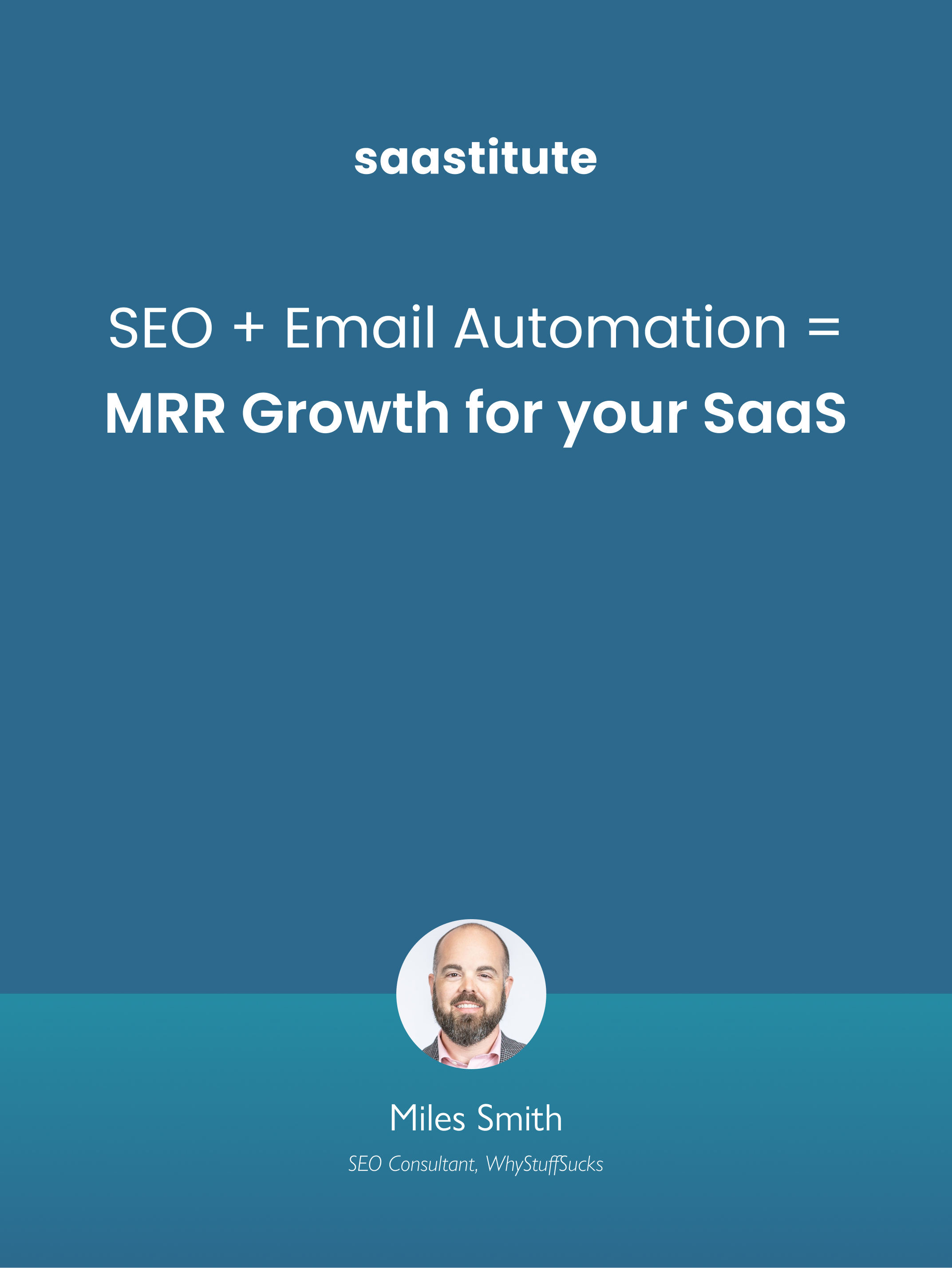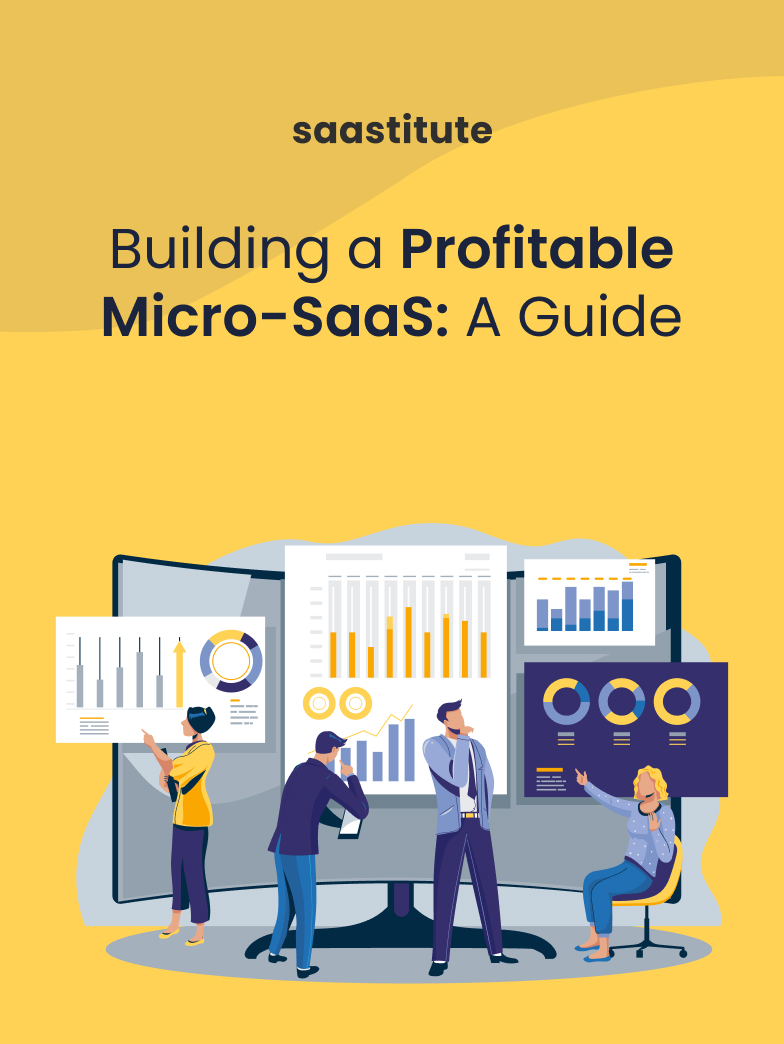Funded vs Bootstrapped: Which is better for your SaaS Startup?
Confused about whether to bootstrap your SaaS startup or raise funds? There are a number of pros and cons to both - bootstrapping and funding, let’s take a closer look at which might work best for you.

Should you bootstrap or fundraise your SaaS startup?
This age-old question has spun countless answers, all fueled by strong opinions. On one hand, some entrepreneurs argue that bootstrapping is a gamble worth taking as it is a great way to grow a business without being in any debt. On the other hand, raising funds provides startups with more than just money. You get into a wider network, obtain valuable knowledge, and access to more investors.
The key to choosing the path that is right for you depends on two factors:
- How much risk are you willing to take?
- How much control do you want over your business?
The answers can vary depending on your business strategy. Remember, not everything works for everyone. Your business strategy can depend upon your innovative capability, the product, the market stage, and how much capital is required to help kickstart your business. Having clarity on these points and a vision for your SaaS can help you make this decision whenever you plan to establish your startup.
To help you out, we’ll walk you through the pros and cons of a Funded vs Bootstrapped SaaS startup. These insights will help you make a more informed decision for your own SaaS.
What is Bootstrapping?
“Having the least usually forces us to make the most of what we have.”
Bootstrapping is the best friend of every startup company. Bootstrapping means starting a business with minimal investment. It’s a practice of business financing where an entrepreneur uses his own capital instead of acquiring capital from outside the startup space. In simple words, you spend what you make.
Look at Bootstrapping this way-
- Bootstrapping allows you to stay in control of your business, giving you the freedom to make administrative decisions and make the most of opportunities as they arise.
- Bootstrapping can be the most cost-effective way to set up your SaaS startup.
- Bootstrapping your startup also means that you carry out the company’s operations without having to answer or meet the needs of the investors who may have conflicting interests.
- Bootstrapping helps you avoid diluting your shares, and paying interest on loans and other expenses. Most bootstrapped startups use innovation and efficiency to minimize their overhead expenses by adopting a lean business model. You become intimately acquainted with the value of adding value.
Not only is Bootstrapping the perfect way to test your business idea and find affordable marketing but also it forces you to work harder and do more over the long term – which benefits you and the company.
Pros of a Bootstrapped Startup
Complete Control
When you bootstrap, you retain control and ownership of the company’s vision and don’t have to deal with investor red tape. With bootstrapping, you have an opportunity to do whatever you want with your startup. Growth or success is totally down to you without any external pressure or different timelines.
Product Development and Marketing can be your priority
When you don’t have to worry about investors, you can truly focus on what your customers want. This, in turn, forces you to be efficient with product development and marketing. This also forces you to be more creative as the risk of failure is ever-present.
Brings out the best in Entrepreneurs
With great power comes great responsibility. Founders of bootstrapped businesses are more resourceful, accountable, and careful. They also have to be focused on profitability from the get-go. This imposes more grind, discipline, and struggle in the early days which often drives them to accomplish more than they originally thought possible.
Cons of Bootstrapping
It’s not always practical
Some business ideas, especially in the manufacturing or importing niches, require large investments from the get-go. In those cases, it is often impractical to try to bootstrap your business.
Financial Risks
Funding a company by yourself is a risk that may or may not pay off. Bootstrapped business owners need to have a very different mindset than that of the management mindset in a venture-funded company. They have no outside investment capital to spend which leads to competitors with better funding having a better chance in the market.
Slow Growth
Bootstrapped startups tend to not grow as fast because they don’t have the funds or resources to scale up quickly. ‘You want to go big. You want strength in numbers.’ The main reason startups raise capital is to survive by scaling in order to gain traction. Without outside capital, you’ll be limited on visibility, marketing, and how you can serve your customers. All this might stunt the growth potential of your startup.
No returns for a while
Apart from financial risks and slow growth, you are not likely to earn any money for quite a while. In the beginning, most of what you make will have to be invested back in the business to keep your startup afloat. Only when your startup has taken off and achieved stability will you be able to cash some salary.
What is Fundraising?
“Funding is the fuel that keeps the startup going.”
Funding is the financial investment required from a third party into your startup, usually in the form of money or other values. Fundraising means that you get more capital, which will allow your business to grow faster while also seeking a long-term return on your investment.
The primary reason for seeking out funding is to grow beyond where you can manage your personal finances. It can be for product development, manufacturing, expansion, sales & marketing, inventory, etc. Whether you are a startup, an early-stage business, or an established one, funding helps meet the desired growth expectations.
Funding is crucial for your SaaS startup to avoid any obstacles that could limit the growth of the business. There are more than enough success stories to showcase that raising capital has its perks. Venture capital can provide startups with a lot more than just money, such as great mentors, significant network access, and more potential investors.
A majority of successful startups have engaged in many efforts to raise capital through rounds of external funding. You can go for Venture Capitalists (VCs), Crowdfunding, Angel Investors, Government schemes, and can adopt bank loans too. To know more about this, read 7 Funding Sources for Your SaaS Startup
Also read, Legal Issues Every Startup Should Consider Before Fundraising
Pros of Fundraising
Rapid Growth
With the help of outside investments, startup founders can attract and retain top talent to increase production and drive the business at a faster rate. They get the financial freedom to focus on business growth strategies.
Valuable Insights and Expertise
Investors can add value in many ways. They can share valuable insight and expertise in different areas of the business, from research and development to marketing and advertising. They can help you access an influential network, expertise and credibility that can further build your business.
Quick Scaling
Getting the funding you need at the right time will help you be in control of your business itinerary, and help you ensure that your startup reaches its fullest potential. Funding can be a financial backbone, allowing you to get your product faster in the market. This could also give you some leeway to make mistakes or adapt to changing market conditions.
More Credibility
Having an investor is an incredible sign of validation for the company. When investors are willing to give you substantial funding, it shows they see a huge potential payoff down the line. This will also help other investors and stakeholders trust your potential easily.
Hiring Support
Startups have to invest quite a lot in hiring top-notch teams for successful business operations. Funding helps take care of the employee compensation factor and also attracts new talent. Hiring can prove to be a roadblock if your startup lacks funds.
Helps with Marketing, Sales, Advertising & Other Expenses
Marketing, Sales and Advertising costs are some of the biggest challenges that startups face. Before your product, service or idea goes out in the market, you need a customer base and strategies to attract them. Funding helps you scale up your marketing and advertising efforts.
To know more about the reasons you should be raising funds for your SaaS startup, read Top Reasons To Raise Funds for Your SaaS Startup
Also read, Are You Facing These Common Fundraising Challenges?
Cons of Fundraising
Rigid Timelines
Funding your startup may be beneficial for your business, but it comes at a cost. The main loss is that the major decisions must be run by the investors as the business owner loses quite a considerable claim over the company. Founders are often bound to abide by a rigid timeline before any funds are released.
Strings Attached
There are strings attached to the capital you receive for your startup. You cannot do whatever you want with the funds. Founders need to meet the investors’ conditions before any funds are released. Investors may also look into the company management in order to maximize shareholders’ potential returns.
The Bottom Line
Funded vs Bootstrapped? What should your strategy be?
When choosing between bootstrapping and fundraising for your SaaS startup, it’s important to weigh the pros and cons of each of these approaches. This decision requires an evaluation of multiple factors, such as your company’s financial goals, growth plans, needs for funding and equity, financing options, and more.
Some might argue that capital funding is best, while others would argue that bootstrapping is better. It truly depends on your position and which financial strategy best aligns with you and the success of your new SaaS startup venture.














.svg)


